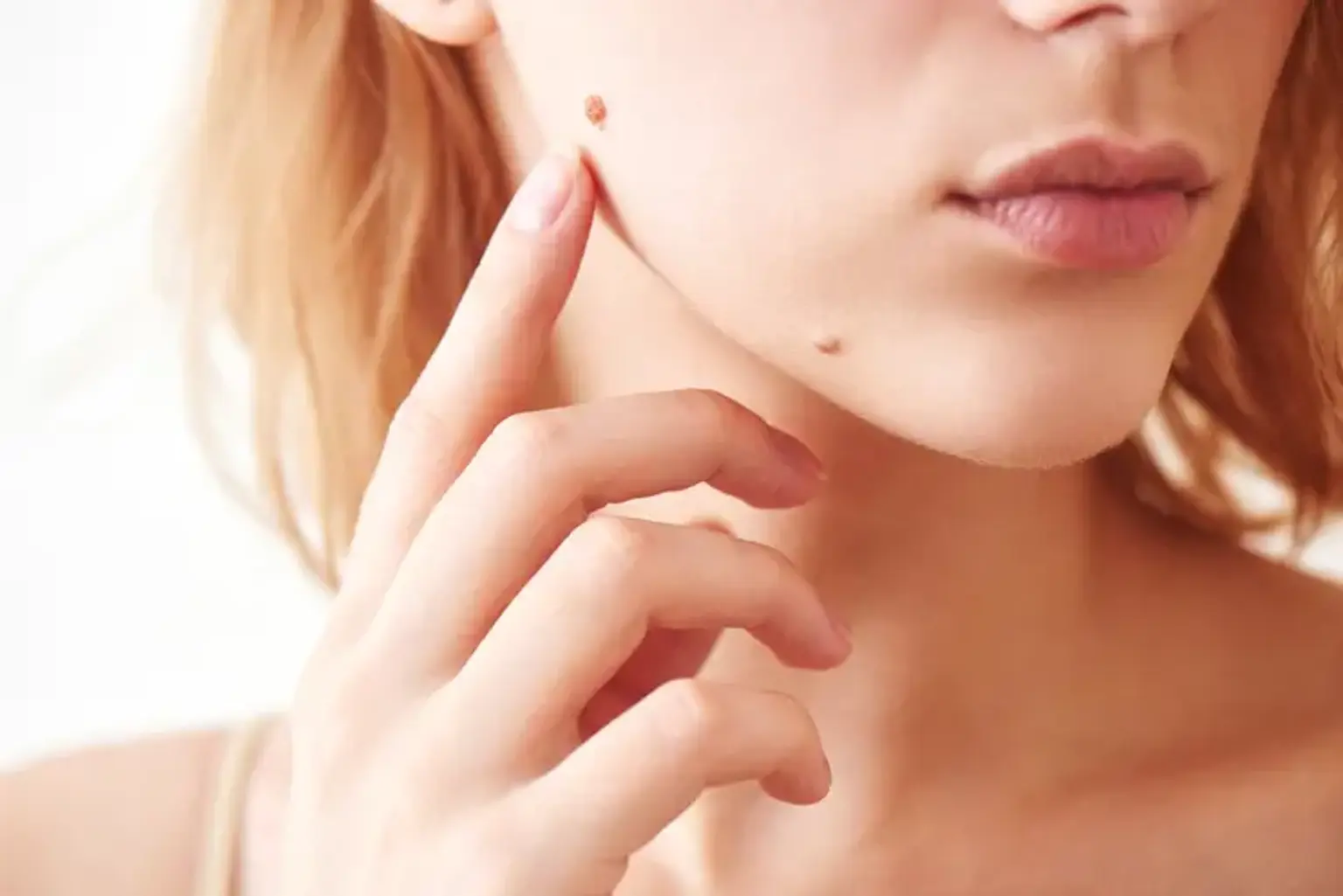What is Mole Removal?
Mole removal refers to the process of safely and effectively eliminating moles, also known as nevi, from the skin. Moles are common skin growths that can appear anywhere on the body and are typically caused by clusters of pigmented skin cells called melanocytes. While most moles are harmless, some individuals opt for mole removal for both cosmetic and medical reasons. Whether it’s a mole on the face impacting confidence or a suspicious mole raising health concerns, safe mole removal procedures ensure positive outcomes with minimal risks.
In modern dermatology, mole removal treatments have evolved significantly, offering quick, precise, and non-invasive options like laser mole removal. Alternatively, surgical mole removal is performed when deeper excision is needed to prevent complications or for health-related reasons.
The decision to remove a mole depends on factors such as its size, location, appearance, or whether it causes discomfort. For individuals considering safe mole removal, understanding the options, process, and expected outcomes is essential.
Why is Mole Removal Gaining Popularity in Korea?
Korea has earned its reputation as a global leader in cosmetic treatments, and mole removal is no exception. The country's advanced medical infrastructure, skilled dermatologists, and cutting-edge technology make it an attractive destination for patients seeking effective mole removal.
One of the key reasons for Korea's popularity in this field is its emphasis on precision and safety. Korean clinics are equipped with state-of-the-art tools, such as advanced laser mole removal systems, ensuring minimal scarring and faster healing times. Many international patients specifically visit mole removal clinics in Seoul for non-invasive and affordable treatments that prioritize patient comfort.
Additionally, Korea’s expertise in aesthetic dermatology is unmatched, blending medical accuracy with cosmetic finesse. Patients often seek mole removal procedures not just for health but also for cosmetic enhancements, such as removing moles on the face or neck to achieve clear and youthful skin.
The affordability of mole removal cost in Korea is another factor contributing to its popularity. Compared to Western countries, treatments in Korea are relatively cost-effective, without compromising safety or quality. Many clinics also offer personalized consultations to guide patients through the process, from identifying the best treatment to ensuring proper aftercare.
